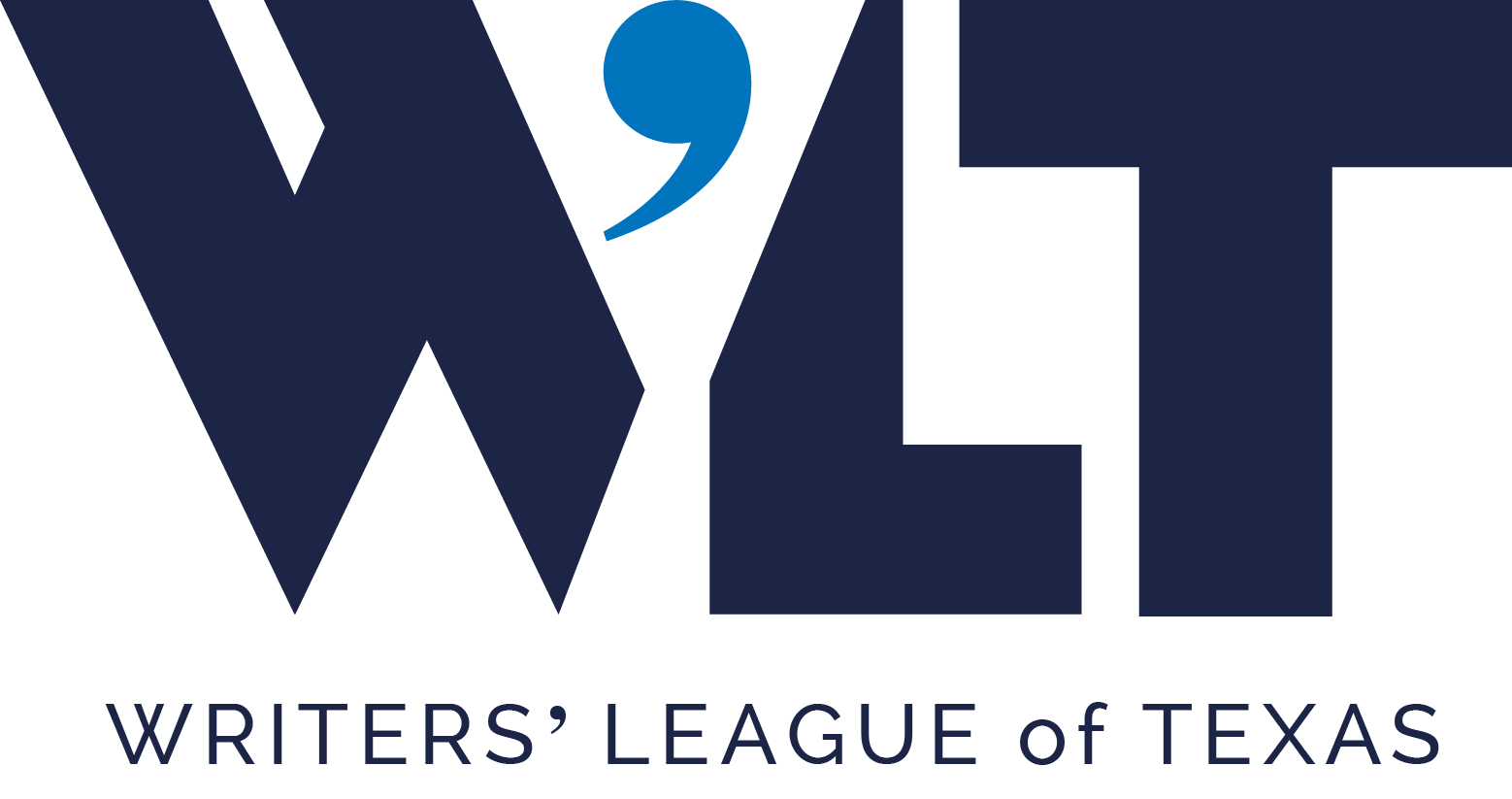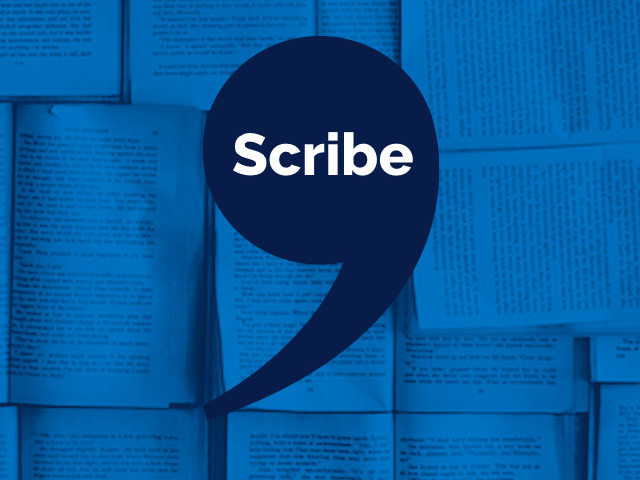“All strong novel openings have a few things in common (a clear, attention-grabbing protagonist, a compelling voice, a sense of what’s at stake for the protagonist, etc.) but there’s no single go-to trick (at least not that I know of!) for how to achieve that. Besides, that would take all the fun out of writing!”
–Sara Kocek
Sara Kocek is the author of Promise Me Something (Albert Whitman, 2013) and the founder of Yellow Bird Editors, an Austin-based collective of independent editors and writing coaches. She holds an MFA in Creative Writing from New York University, where she taught fiction and poetry to undergraduates and worked as a full-time editorial intern at Random House and Penguin. Prior to pursuing her MFA, Sara graduated with a B.A. in English from Yale University, where she worked as Writing Fellow, tutoring undergraduate and graduate students in academic and creative writing.
Sara is teaching a class for the Writers’ League of Texas called “Jump Start Your Novel” on Saturday, October 22 at the ACC Highland Campus. This class will cover tips and tricks for crafting a compelling opening chapter, including common pitfalls to avoid. Read the interview below and visit the class page to learn more.
 Scribe: You write, “A manuscript has mere seconds in an agent’s hands, and in order to stand out from the hundreds of other submissions, the opening pages need to be polished and diamond-sharp.” That’s a terrifying (and true) statement, even for experienced writers. How can people gauge how “polished and diamond-sharp” their opening pages are? Is there a kind of self-test they can apply? (Hasn’t Silicon Valley developed an app for this yet?)
Scribe: You write, “A manuscript has mere seconds in an agent’s hands, and in order to stand out from the hundreds of other submissions, the opening pages need to be polished and diamond-sharp.” That’s a terrifying (and true) statement, even for experienced writers. How can people gauge how “polished and diamond-sharp” their opening pages are? Is there a kind of self-test they can apply? (Hasn’t Silicon Valley developed an app for this yet?)
Sara Kocek: It IS terrifying, isn’t it? Generally speaking, the best way to gauge the state of your opening page is to share it with a handful of trusted readers. Look for friends and family members who read for pleasure in the genre you’re writing. (For example, if you’re writing a women’s fiction novel, approach a friend who you’ve seen reading women’s fiction in her spare time. Or find an editor or writing coach who specializes in your genre.) Once you’ve identified a few trusted readers, give them your opening chapter and ask them these specific questions:
- Which sentences (if any) pulled you out of the story and distracted you?
- If you were browsing in a bookstore and picked this book off the shelf, which sentence marks the point at which you would probably put the book back on the shelf? (Don’t ask them IF they would put the book back on the shelf—polite friends are likely to say no. Ask them WHEN they would put it back. You’ll get a more honest answer.)
- Were there any words or phrases that seemed “off” to you, even if you can’t put your finger on why?
- Which sentences/paragraphs have the most energy? Which have the least energy? (If your readers mark any sentences as low-energy, that means you likely need to make a few tweaks. The opening of a novel must have a sense of propulsion—of moving somewhere fast.)
- How would you describe/characterize my narrator’s voice? (If you’ve written a strong, clear voice, this will be an easy question for your reader to answer. He or she can easily say for example, “The voice is snarky and sarcastic” or, “The voice is poetic, deliberate, and thoughtful.” But if you have NOT written a strong, clear voice, your reader may struggle to answer this question. If you sense that your reader is having a hard time describing the voice, that’s a clue that this is an area you may need to work on.
Scribe: What is one common mistake that writers make in their opening pages?
SK: The most common mistake I see is writers trying to cram too much backstory into their opening pages—whether backstory about their characters or the fictional world they inhabit. Writers should limit the backstory to “significant history,” which is essentially background material that is directly relevant to the scene at hand—background material that is literally necessary in order for the scene to make sense. Backstory should be revealed on an “as-need-to-know” basis, so if it’s not absolutely critical to the reader’s understanding of the scene at hand, save it for a later chapter.
Scribe: Is there a one-size-fits-all trick that writers can use in their novel openings?
SK: I’m afraid not. All strong novel openings have a few things in common (a clear, attention-grabbing protagonist, a compelling voice, a sense of what’s at stake for the protagonist, etc.) but there’s no single go-to trick (at least not that I know of!) for how to achieve that. Besides, that would take all the fun out of writing!
Scribe: In your class description, it says that an outline must grow with a novel. Does that mean that it changes as the writer figures things out about the novel? What is the purpose of an outline?
SK: Yes, that’s exactly what it means. An outline must be flexible enough that it can grow and change as you discover new things about your characters and the worlds they inhabit. To borrow an oft-used metaphor, an outline should be a like a folded-up roadmap you keep in your glove compartment and occasionally take out to reference, not a step-by-step GPS instruction list that tells you exactly where to turn left in exactly how many miles. I encourage writers to make an outline that revolves around three basic questions: Where does the character start out emotionally, physically, and spiritually? Where does the character end up emotionally, physical, and spiritually? And what pivot points happen to influence this emotional, physical, and spiritual transformation? One you figure our the answer to these questions, the nitty-gritty details of the plot usually fall into place.
Scribe: In the class description, you also mention “raising the stakes.” That’s one of those phrases that we all understand, and yet we might have a hard time defining it. What are stakes? Why do they need to be raised? Can they be raised without following Raymond Chandler’s advice to send someone carrying a gun through a door?
SK: Every protagonist wants something. Maybe she wants a job. Maybe she wants a lover. Maybe she wants an A+ on a report card. The list of possible wants is endless. Simply put, “stakes” are what the protagonist stands to lose if she does not get what she wants. For example, maybe she stands to lose her house. Or her social status in the community. Or her chance at a scholarship. Raising the stakes means A) putting more obstacles in the way of your protagonist achieving her goals, and B) making the consequences even more dire if she fails.
And yes, you can absolutely raise the stakes of your novel without involving a gun! The simple question to ask yourself is, “How could things get worse?” Upping the ante in a lot of small, subtle ways is a great way to sustain narrative propulsion throughout the book.
—
Thanks, Sara!
Click here to register for Sara’s class.
Click here for our current class schedule.









